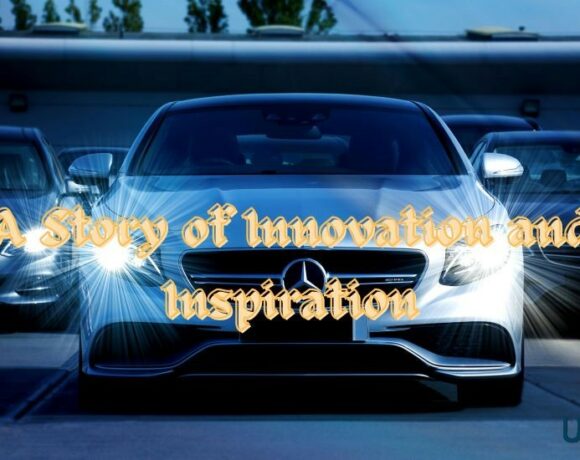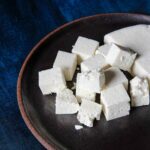BMW i8

 Car enthusiasts have always lived in fear that the future of motoring will be quite gloomy and un-entertaining, with slow hybrids and electric cars becoming common place. They feared supercars are a dying breed and that performance motoring will soon become a thing of the past. Over the last decade, car manufacturers have been downsizing their engines to meet emission levels and lower fuel consumption. But fear not, because some of them have been taking hybrid technology to make our lives better.
Car enthusiasts have always lived in fear that the future of motoring will be quite gloomy and un-entertaining, with slow hybrids and electric cars becoming common place. They feared supercars are a dying breed and that performance motoring will soon become a thing of the past. Over the last decade, car manufacturers have been downsizing their engines to meet emission levels and lower fuel consumption. But fear not, because some of them have been taking hybrid technology to make our lives better.
Meet the BMW i8 – a combination of futuristic design and innovative carbon fibre construction wrapped around electric propulsion and some old fashioned internal combustion. The design is what a futuristic take on the legendary M1 supercar from the late seventies, could look like. On the face of it, it has all the drama a supercar needs and then some. Pull up at your nearest town centre, swing open the butterfly door and you feel like you are stepping out of a Batmobile– especially when your car is wearing a stealthy grey paint like the one we tested. The rear with its floating blades and aero winglets channelling air around them are form and function, at their very best.
Getting in and out isn’t easy with the wide sill, low roofline and dashboard positioning; but once inside, you get more comfortable than in most supercars. Visibility is good and the seats aren’t as low as you’d expect. The dashboard is made of quality materials and the layout is angled towards the driver. Blue trims, similar to those found on the exterior, are added to the cabin signifying the manufacturer’s chosen colour for its eco credentials. The rear seats are best for placing luggage, but it is surprising how BMW has managed to find space of two small seats despite thing being mid-engined. There is a small boot at the rear, but at 154litres it is 9 litres more than the Porsche 911’s.
The car has a centrally mounted carbon fibre reinforced plastic shell to which they bolt on the front and rear sub-assemblies. The carbon fibre they have used has a different weave to the one used by other supercar manufacturers and is said to just as strong while being less expensive. BMW claims they have saved about 200kg with the structure, which is about the same weight as the 7.1Kwh battery pack mounted along the spine of the car. The i8 uses an electric motor at the front which develops 131bhp and 250Nm torque. Mated to a two-speed gearbox, this is the unit that powers you at speeds up to 60kmph in Eco mode or upto 120kmph in fully electric mode. You can charge the car with a wall socket and have an electric range of a claimed 37km. For when you want to use it like a normal car, there is a 1.5litre three-cylinder petrol engine borrowed from a Mini but fitted with a rather big turbo to develop 231bhp and 320Nm torque. It is mated to a six-speed Aisin gearbox that is made specifically for transverse applications. The engine also has an electric motor connected to it, which acts like a starter motor and generator. It is quite clever when you think about it, because where the engine is lacking power at low revs and the turbo is struggling to spool up, the electric motor helps fill in some torque. When you are committed to the throttle, the electric boost will supplement the engine and the car feels as energetic and quite as fast as it looks.
The car feels as fast as a base Porsche 911 thanks to the combined torque of the petrol engine and electric motor. We managed 0-100kmph in 4.53 seconds while the top speed is a claimed 250kmph. Throttle response is instant and it has terrific low end and midrange making it a great cruiser. Switch it into sports mode and it will hold gears for longer and feel even faster. This time, all the battery power will be channelled towards performance. Power regeneration is also more in Sports mode and the car sounds best thanks to valves that open in the exhaust. Weirdly the engine note inside the cabin is tuned, similar to a V8 note. It isn’t intrusive, but you wish there was some way to control its loudness since it is generated from the speakers. There are other futuristic noises too when it switches from one powertrain to another, but those only add to the tech appeal.
With this being their first mid-engined car in a long time, the i8 boasts of 50:50 weight distribution. In the corners, it feels inherently neutral with good grip from the chassis and the all-wheel drive system. The steering is on the light side but feels accurate. It isn’t a car for the race track but is very good on a windy bit of road. There is a delicate balance with the front tyres being moderately wide- thus losing grip first- and more power channelled towards the rear, that most drivers will appreciate. That said, it is next to impossible to drift the i8 on a grippy surface with the front electric motor pulling the car straight on full throttle. The version we tested had the optional 215 and 245 section tyres at the front and rear and these are only moderate from a grip point of view but they work well in the corners. The brakes feel well calibrated, unlike most units which feel abrupt when there is electricity regeneration to deal with.
The i8 rides okay for a supercar on our roads, but you do feel the occasional rut and manhole cover, thanks to rather low-profile tyres on 20-inch wheels. The ground clearance, however, is an issue, as you have just 119mm coupled to a rather long 2800mm wheel base. But roads permitting, you can use it every day if you want to. And I was astonished to find out it was delivering close to 17kmpl without even trying too hard. Driven mad, it was still delivering close to 8.5kmpl. Now these are figures that are unheard of in a supercar before and proof of hybrid technology done right.
The BMW i8 costs Rs.2.29crores (ex-showroom rate) and you can get faster cars for that money these days. But nothing comes close to embracing technology and boasting its green credentials like this. Driving it makes you feel like you are driving the future, today. And thanks to the technology, cars like these ensure that the future of motoring is indeed bright and prosperous.
Vivek VenuGopal









